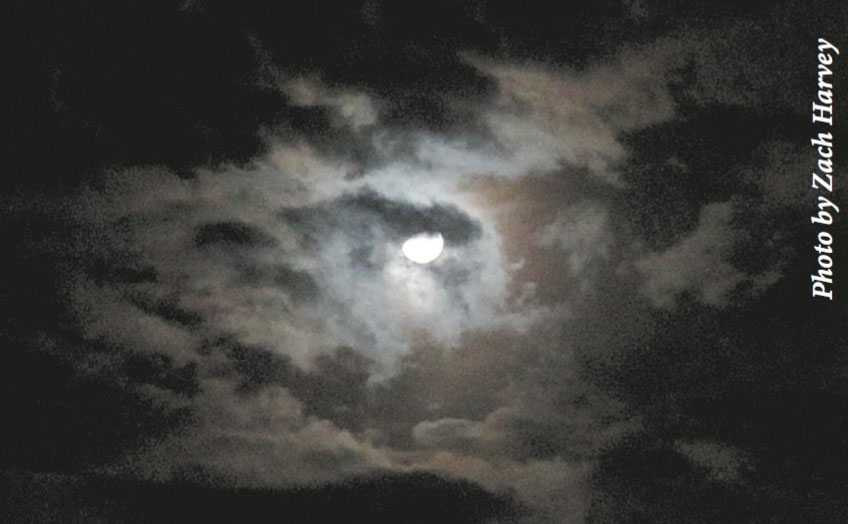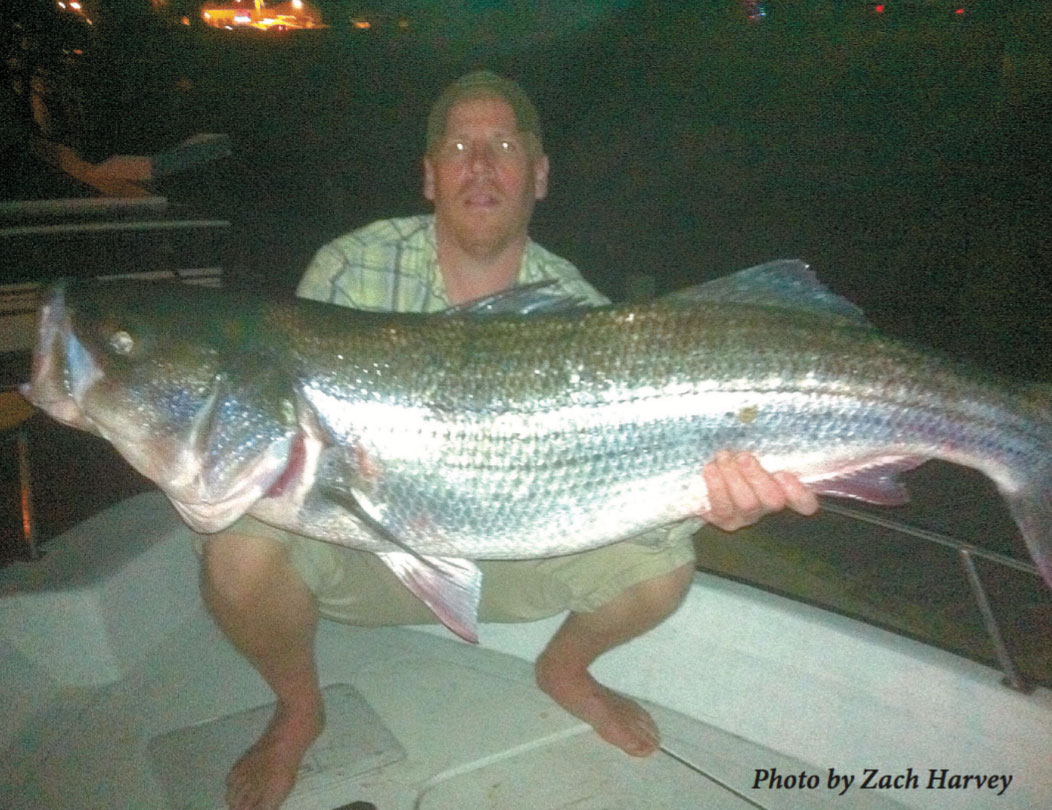Bass Fishing
Line the “doldrums” rumors up alongside 15 years of confirmed August cow-tipping, and you’ll find it hard to justify nights on the couch
One of the age-old struggles for those of us who sustain massive head injuries and soon thereafter decide we’d better answer the trumpet blast of piscatorial destiny/redneck celebrity and start writing about fishing that, for all the immediate clamoring over climate change, things just aren’t progressing fast enough to drum brand-new target gamefish species into our local waters. I’m thinking tarpon, Pacific yellowtail, and the mysterious dogtooth tuna would spice things up nicely.
Alas, it appears that for the foreseeable future, we’ll have to live with the half-dozen or so fishing options—species-wise—we’ve known, fished, and read about since single-digit ages.
In reality many of us in the rod-and-reel department work on a much shorter hit list of striped bass, tuna, striped bass and tuna, fluke and sea bass, or striped bass and more striped bass. Having flushed so many waking hours of adult life in that storied predator’s pursuit, I have a thorough understanding of the various short-circuits, pitfalls, blind spots, and self-destructs that keep aspiring stripermen off-balance.
Now it’s August, water temps are headed toward a seasonal apex, and if 20 years of month-eight striper scores hold any clues about what happens next, the fleet-wide catch rate should be about ready to fall apart—not for every striper seeker, but for a high percentage of guys trying to stay focused, get something steady going before the wind cranks up and fishing time starts disappearing four days at a clip.
The hope in the following section is to give the less seasoned folks who’ve been striking out with hot-water bass some ideas about the holes in their strategies—and lay out, in quick strokes, some solutions that may be hard to run down elsewhere in more technical self-styled “expert”-level articles in shinier publications.
Timing Tides
Obvious as it is to some reading this, there isn’t a singular “high” or “low” that applies everywhere at once. The tides on the tackle shop chart or in the local paper are usually from one tide “station.” In Rhode Island, for example, the tide of record for much of the state is Newport. But different favored striper grounds will lag anywhere from 20 minutes to three hours behind the listed high or low—or, in other locations, max out well ahead of that time.
Don’t Slack. Flow.
More important than the highs or lows from the tide charts are running tides—flood and ebb—that accelerate and slow again during the near-6- hour span between high tide (high slack) and low tide (low slack). In bass fishing, regardless of fishing methods (slow-trolling wire line, chunking at anchor, or, most commonly, drifting with eels or other live baits), you may get in the habit of working out tidal timing against high or low.
The period of a moving tide that coincides with maximum current velocity is one key variable; with the exception of the biggest tides of the month right around the full and new moons, you’ll generally want to be out drifting during the hardest push of moving tide.
Just as important as learning to predict the strength of the running tides is studying carefully the directions of tidal current in both directions. Bass, big ones most so, will bunch up around bottom features when the tide’s boiling along, facing into the current, and often scatter again when tide goes slack. Your ability to get a bait in front of a heavy fish will reflect, in part, your ability to identify time windows when conditions align to give you a quick drift, let you cover some ground.
Subtle Cooling Influences
August’s record-high water temps have a profound impact on striper feeding patterns. Your catch rates will improve when you can take advantage of any tidal or weather influence that cools water by even a degree or two. You’ll often catch best on flood tides that move cooler water inshore from deeper areas outside. Conversely, an early-evening ebb, which dumps solar-superheated water from the shallows into generally cooler, deeper water, can put big stripers in a sulk.
As a general rule, the five-percent of striper specialists who catch 90 percent of big bass go fully nocturnal in August (catching some of the season’s biggest between 9 p.m. and false dawn the last couple nights before the August moons, the moons themselves, and the first couple nights coming off the moon.
Some highliners will fish only very specific periods within a 12-hour tide cycle. In August, the weather’s hot, the water’s hot, and more often than not, the bass will feed only for very short periods, then drop off the high ground into the cooler depths and hole up tight to the seabed.
Known Undesirables
Amid the other variables, August sometimes sees influxes of dreaded spiny dogfish or bluefish swarms so dense and so aggressive that it becomes virtually impossible to get a live eel or bunker through mid-water to the bottom floor where bass hang to conserve energy. Sometimes, the pests are thick enough and aggressive enough to drive even the top bassmen back to the barn.
Often, however, you can pull quality bass out of areas that have been nearly overrun by playing the peak tides—the strongest hour, say, of a nighttime flood, when the blues or dogfish will get blown off prime spots by boiling current. Like every other aspect of August trophy-hunting, the key is to train yourself to capitalize on the tight windows of ideal conditions.
August by the Numbers
We still live and fish in a the long rhetorical shadow of the 1970s and early ‘80s, a period of legendary spring and fall/autumn big-bass production underwritten by an array of early-season and so-called “late” bait (whiting, river and sea herring, foot-long sand eels, mega-schools of full-sized menhaden or mackerel, etc.) Part of the mythology that drove striper hopefuls out into the surf or clear of the inlet in the early stages of the incredible post-Moratorium striper resurgence was the promise of otherworldly blitz fishing that never really seemed to shake out between 2000 and the present.
Ironically enough, the lore of this fall non-fishery persists even now; meanwhile, after well over a decade of serious and well-documented monster-bass landings from the month of August, so does the widespread annual grumbling about “summer doldrums.”
If you have the urge to stick a fish or real substance, safest bet will be to fish right through the hype and hammer out your own offcial story from the contents of your logbooks and a count of the heavies you’ve slopped over the transom while the other guys in your fishing club sit in an air-conditioned gin mill and lament all the fish no one’s catching.
[easy-social-share]











